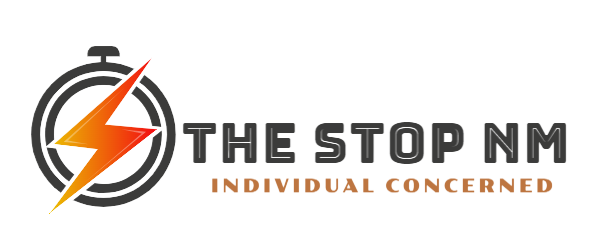The water pump in the industrial system must be able to handle various operational conditions. These include high temperatures, complex fluid dynamics and the use of toxic or corrosive processing fluids.
Pump performance is affected also by the arrangement of pipes and flow control systems. Simple techniques such as impeller balancing, trimming of the tongue of the volute and removing tees, ells and restricted piping can raise pump efficiency to one or two points and save energy.
Efficient Operation
When selecting a pumping system efficiency is a crucial factor. Technologies that are energy efficient can provide several advantages, including decreasing system usage and increasing the reliability of your system.
The best chance to save energy is an appropriate sizing and choice of pumps. A lot of pumps are too big to handle operational conditions, which only rarely occur. Oversizing can cause a pump to operate far off from the BEP and use up energy.
With the correct control settings saves energy and prolongs the life of motors as the pump is running close than its BEP. It also increases the positive suction head required (NPSHr) and reduces the risk of flow habits that could cause vibration and poor reliability.
Utilizing the booster, or a set of pumps to stage them in parallel allows for the system’s operation points to be changed, thereby conserving energy during periods of low demand. Continuous monitoring of energy usage permits the system to be may bom chim ebara maintained in a proactive manner, allowing for real-time improvement and continual optimization.
Types of Industrial Water Pumps
Water pumps for industrial use are available in a variety of types. The performance as well as the safety and efficiency of the pump are crucial factors to consider when selecting the best one for an industrial use. A pump’s reliability and its maintenance needs must be evaluated.
This is an illustration of a positive displacement pump which works through alternative motions. When the piston is descending it draws air in to produce suction. The piston pushes fluid out of the chamber when it is moving upwards.
The installation of parallel pumping systems as well as employing variable frequency drives to alter the speed of motors according to application demand can also help save energy. It is essential to maintain energy efficiency throughout the pump’s lifetime.
Water Pumping Systems Functions
The industrial pumps send the fluid to and from the procedure. The fluid is moved into and out of the pumping station using pipes. The design of these systems must be in a seamless manner. Pumps and piping are dependent and require optimization for efficiency.
Optimization of the system involves looking at all the components of the system in order to determine areas where improvements can be made. This method can prove more beneficial than improving only an aspect of the pumping process such as changing to a less energy-intensive motor.
Properly sizing pumps is one of the most important opportunities to reduce energy consumption. This includes assessing actual working conditions, estimating possible future expansion demands and considering additional factors like operating hours, weather conditions, etc.
Industrial Pumping Systems Challenges
The pumps must withstand extreme humidity shock, vibration and well as corrosive media. It is essential to check the condition of the pump regularly to ensure it does not fail.
Materials that are either abrasive or corrosive could damage pump components rapidly, leading to an increase in energy consumption and a decrease in efficiency. To ensure optimal operation, it’s important to manage the flow of fluids and to disperse heat.
Cavitation may also occur due to insufficient suction pressure on the pump. You can mitigate this by using self-priming systems and checking whether the layout of the pump’s system has sufficient suction lift. In order to reduce the expense of ownership, it is essential to choose parts that are user-friendly which are simple to keep.
Water Pumping Technology Advancements
There are several technologies available to improve the performance and reliability of industrial water pumps. Some of these include intelligent systems, energy-efficient design and materials and sealing technology that is not sealed.
Pressure sensors and variable speed drives are also useful tools to reduce the energy use of commercial buildings. Pressure sensors can detect any changes in pressure. They can then adjust the system according to the changes, thereby reducing energy usage. Utilizing variable speed pumps reduces the energy use by 30% and provides the greatest flexibility to respond to the demands of building construction.
The correct size of the pumps is an important factor in achieving optimum effectiveness. A lot of pumps are oversized to meet specific requirements. However, this could result in a significant amount of energy waste. The energy savings can be up to 50% if you replace the pump that is too large with an appropriately sized pump.


